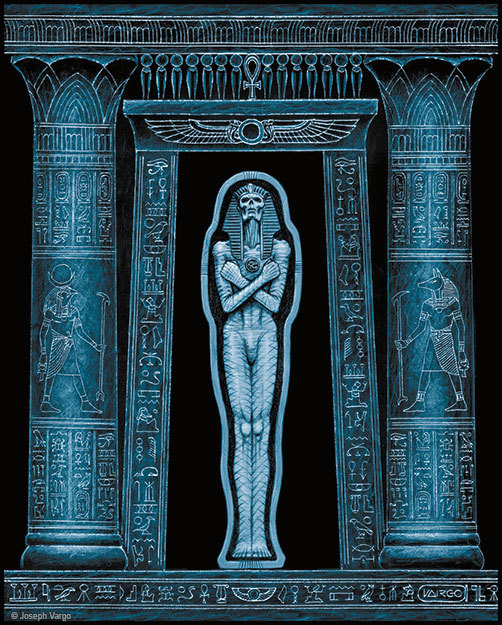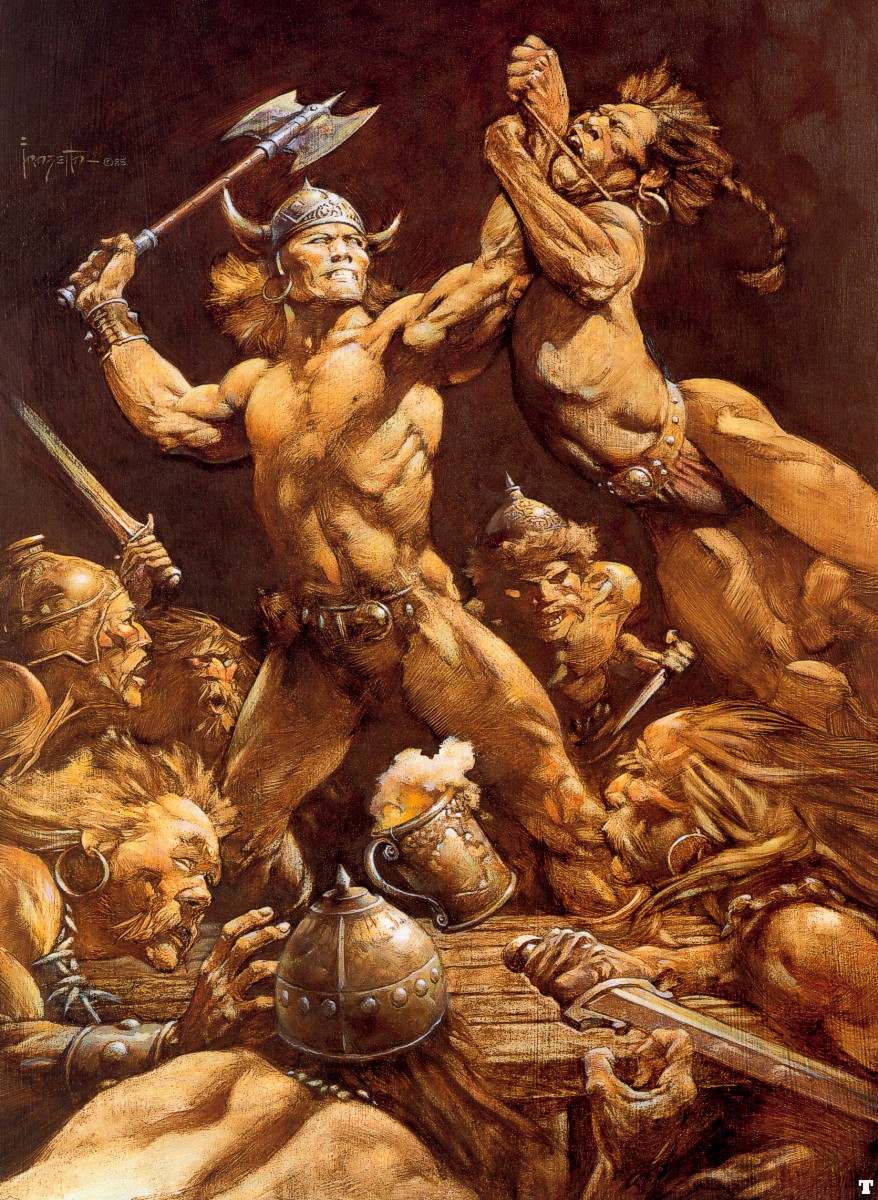I have recently become enamored with the
Swords & Wizardry White Box rules-set due to a nifty little game called
White Star.
White Star led me to the
White Box rules-set which introduced me to a plethora of
White Box derivatives, offspring and cousins. Over the next several weeks (hopefully) I plan on taking a look at at least three
White Box based games and giving a brief overview of each, pointing out similarities and, particularly, differences from the base rules-set. Also, if a game has a stated goal, I plan on looking at if, in my opinion, the rules fulfill that goal. These will not be comprehensive reviews but just highlights and thoughts.

First up is
White Box: Fantastic Medieval Adventure Game authored by
+Charlie Mason of Seattle Hill Games. To be frank, I bought this game because of the cover. I don't buy hard copies of games frequently but I loved the Red Dragon cover by Eric Lofgren so much and the price point was so low that I did in this case. If you don't want to buy a copy you can still get the rules because the PDF is free through
DriveThru and
LULU. Hard copies are available through LULU and Amazon.
Of the derivatives I have perused,
White Box hews closest to the source material. It is not a straight copy of
Swords & Wizardry White Box but it takes the base rules and then adds modifications and clarifications. For example, it has the same unified Saving Throw and Base Hit Bonus for ascending armor class as
S&WWB, both of which I like for their simplicity.
The first noticeable addition is the inclusion of the Thief class. The Thief caps at 10th level as the other base classes do and has a single Thievery ability for all thief-like actions. Everything from filching items to disarming traps is resolved with a single d6 roll equal to or under a number ranging from 2 to 5, which is determined by the thief's level.
Prices for goods and services appear to be the same as in
S&WWB. I still think armor is woefully under priced, particularly plate. (Can you guess what one of my house-rules will be?)
Expansions include a page long discussion of dungeon doors and the difficulties one may face finding them and trying to open them. This section also includes a discussion of traps. I particularly like the paragraph later in the book concisely detailing how magic is prepared and used without being overly technical. Additions like these are helpful to the new gamer in a way the bare-bones nature of
S&WWB isn't.
I like the physical book itself. It is 6"x9" and the text is single column and, unlike some other books I have in this format, the text is large and thus easier for my aging eyes to read. The internal artwork is black and white and to me very reminiscent of the artwork I have seen from the early days of RPGs. One thing I particularly like about the PDF is that the margin on the side of the page that is bound is larger. I often print PDFs and bind them with a comb-binding machine and this means I don't lose any text to the binding.


















 So, here is my latest scheme to kick off a campaign with my boys. It will be centered around the Swords & Wizardry module Grimmsgate and have sandbox elements.
So, here is my latest scheme to kick off a campaign with my boys. It will be centered around the Swords & Wizardry module Grimmsgate and have sandbox elements.
 First up is White Box: Fantastic Medieval Adventure Game authored by +Charlie Mason of Seattle Hill Games. To be frank, I bought this game because of the cover. I don't buy hard copies of games frequently but I loved the Red Dragon cover by Eric Lofgren so much and the price point was so low that I did in this case. If you don't want to buy a copy you can still get the rules because the PDF is free through DriveThru and LULU. Hard copies are available through LULU and Amazon.
First up is White Box: Fantastic Medieval Adventure Game authored by +Charlie Mason of Seattle Hill Games. To be frank, I bought this game because of the cover. I don't buy hard copies of games frequently but I loved the Red Dragon cover by Eric Lofgren so much and the price point was so low that I did in this case. If you don't want to buy a copy you can still get the rules because the PDF is free through DriveThru and LULU. Hard copies are available through LULU and Amazon.